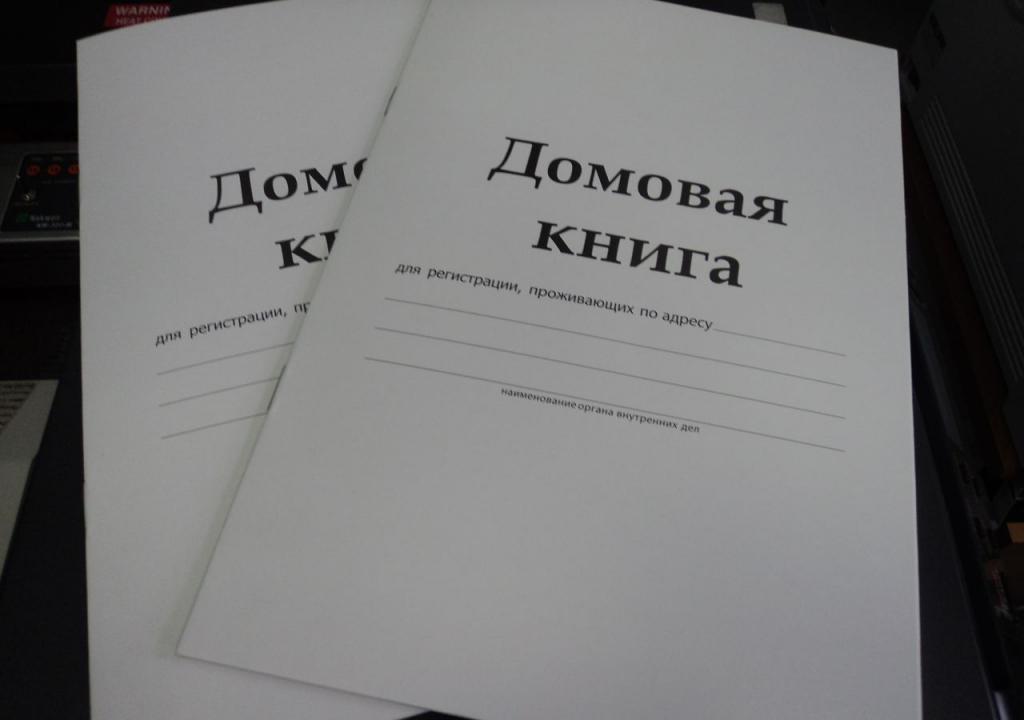For any isolated room, including a public building and own house, all required documents must be executed, which includes the house book. Regardless of the number of people living in the house, the book is compiled in a single copy and is kept by the responsible person. In this article we will consider in detail what kind of document is a house book for a private house, how to draw it up and other nuances.
Home magazine
The home book is an important document in which all information about people living and registered in a particular property at different times is entered. The book is conducted both on multi-unit and on individual buildings. Home magazine is an official document that must be issued for each residential property. In addition, the document has legal force and is a confirmation that a certain person is registered at such an address. It contains data on all residents - those who live on the premises on an ongoing basis and on temporary residents.
This information is of great importance for every citizen, because with the help of it he can confirm his right to the object. Information in the document is entered both about individuals and legal entities, those who chose this address as a registration point.
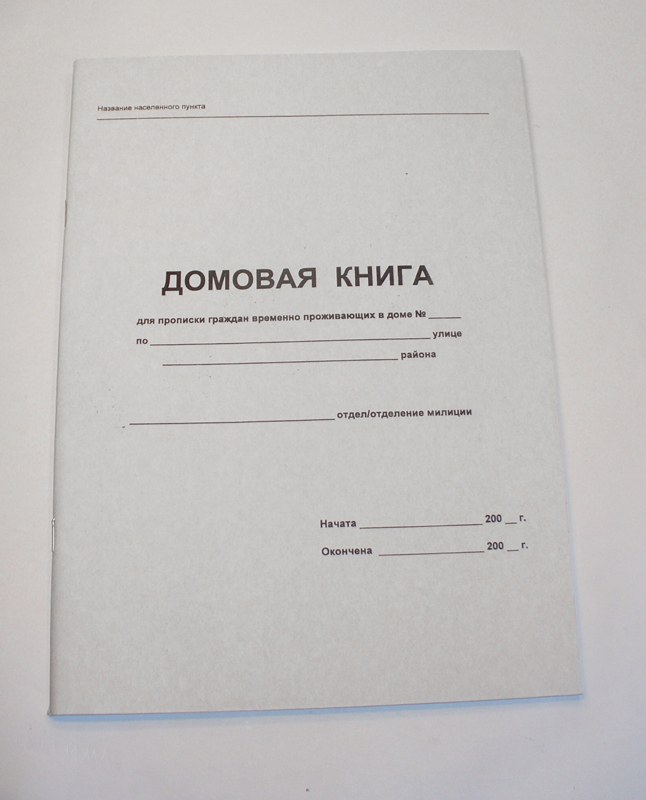
Despite the importance of the document, the legislation does not have an official concept of a home book, and accordingly, there is no rule governing key Provisions on the design and maintenance. But at the same time there are regulations related to this document, in view of this, the question of how to draw up a home book for a private house worries many owners.
Formulation of concepts and legislative regulation of the issue
The main function of the house book is to enter in it data on all citizens registering in a private house. Without this magazine it is impossible to register in or write out of the building. Read about how to draw up a home book for a private house and where to get it.
The house book is made out for each residential premises, while it is of great importance that the object is owned by one person or organization. The Housing Fund is most often involved in filling out the document, to which the landlord draws up special consent. In his absence, the owner must draw up a document on his own, fill it out and keep it in a safe place.
Do not know how to draw up a home book for a private house and the documents that are required for this? Since the Legislation does not spell out the rules for the design of the book, then when compiling it, one should be guided by local standards. In addition, please note that the form of the document may vary depending on the region.
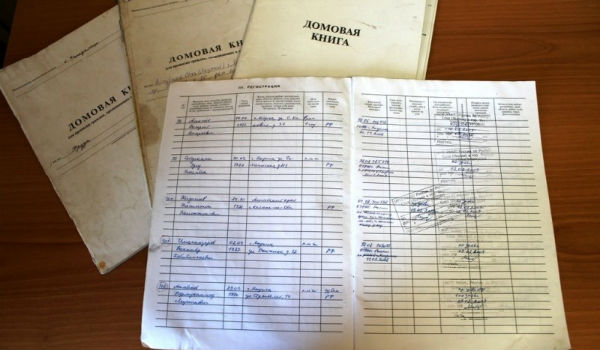
When is a home book required?
The need for it appears quite often, for example, in the following situations:
- Replacement / receipt of identity card.
- Real estate sales.
- Receiving a document containing data on all persons registered at the facility.
- Obtaining a certificate by a specific individual confirming the presence of registration at this address.
- De-registration at a specific address.
- Registration of citizenship for newborns if the father and mother are foreigners, but with a residence permit or are registered in their own home located on Russian territory.
It is worth noting that, in many legal matters, a house book for a private house is required, as every owner should know how to arrange it.How to take care of its availability in advance.
House Book Features
Based on various regulations available in all areas of the country, certain features of the document can be distinguished:
- The concept of a home book is itself symbolic. In addition, if the landlord does not draw up and does not conduct it, then he will not be held responsible under any federal article.
- In the regions, however, various rules may apply, on the basis of which the availability of the document can be considered mandatory, and in its absence certain sanctions may be applied to the owners. For this reason, it is worthwhile to carefully study aspects of the process at the local level.
- The house book can only be filled in by the owner, while registered persons should not have access to it and, moreover, make any changes.

Order of registration
You think, where to get a home book for a private house? Most owners are convinced that the journal can be obtained at the passport office, however, the employees of this institution do not have the necessary authority. The same rule applies to various management companies. The listed organizations have permission only to make changes to the document and its storage, but they do not have the right to issue and issue a journal. So, where and how to get a home book for a private house?
The process of obtaining a home book consists of several steps:
- Visit to the FMS branch to clarify the list of required documents.
- Collection and preparation of documentation.
- Filing an application to the bodies of the FMS.
- Getting a home book. As a rule, it is issued within five working days at the FMS department, but in some cases this period can be increased to two weeks if there is a need for additional information from the applicant and other municipal authorities.

List of required documents
Do not know, how to arrange house book on a private house? To obtain it, the following documents will be required:
- An application in any form, indicating information that the owner of a private house wants to receive a magazine for independent maintenance and storage.
- Russian passport holder.
- Certificate confirming the ownership of the object.
- Extract from the USRN.
- House book in form 11. You can purchase it in any stationery store or download and print forms from the Internet.
Filling out a house book
Any changes to the document are made exclusively by the FMS employees, even if the book is kept by the owner of a private house. To introduce new information, the owner must provide the book along with other documents confirming it.
Changes in information include not only the registration of residents, but also the increase / decrease in the quadrature of the object, the construction of additional outbuildings, etc. Data on these actions should be promptly submitted to the FMS employees, therefore they should be contacted with the house book.
Making changes on their own is not allowed, as, however, is the transfer of a document through intermediaries.
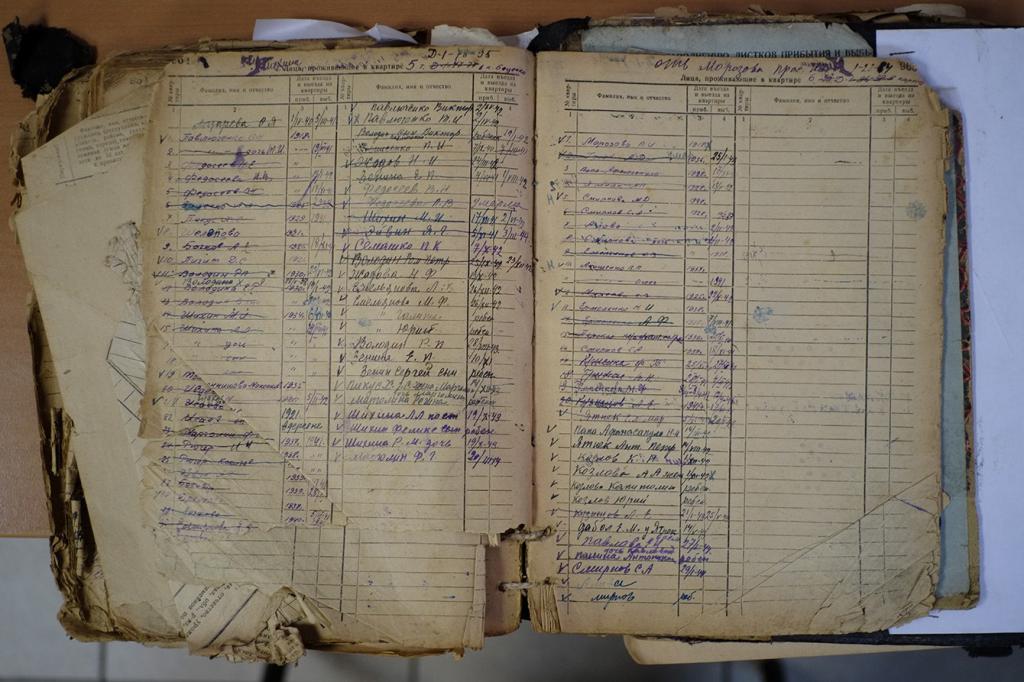
How to get a home book on a private house: sample
The home magazine consists of a title page and a section where information is recorded about all citizens registered on this living space.
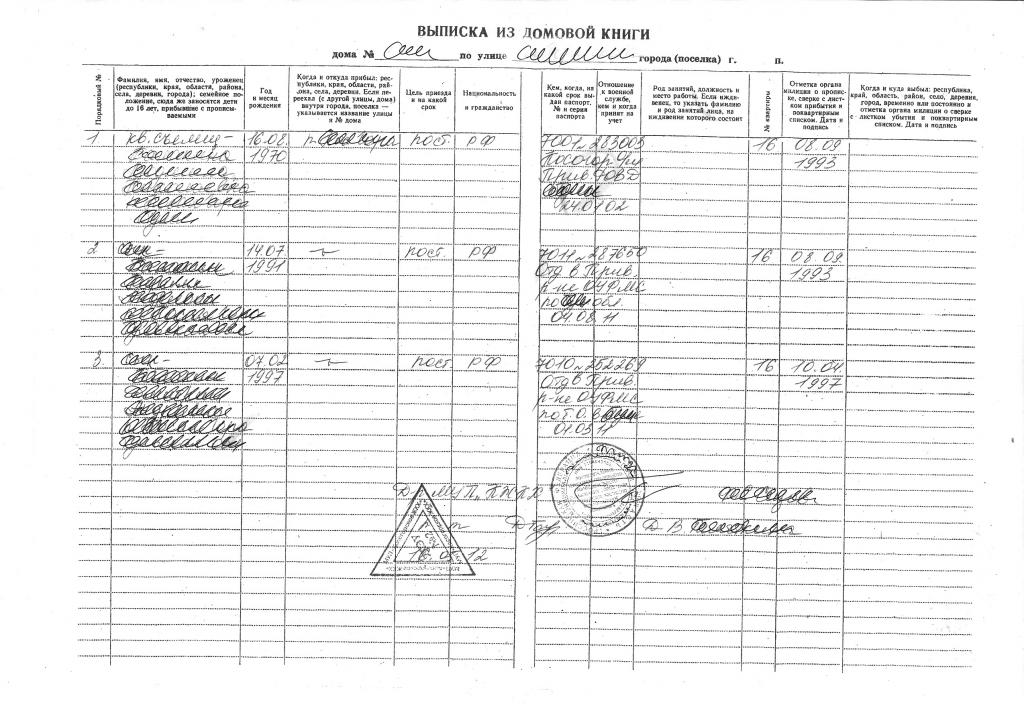
Title page
- How to make a home book for a private house? The name is written designation - House book on a private house.
- Further, the following text: for registration of citizens living at: city (name of the settlement), street (street designation), house (building number).
- Information about the owner of the dwelling (Surname, Name, Patronymic).
- Date of receipt of the property.
- Dimensions of the room.
Resident Information
- Initials and place of birth.
- Birthday with fixing the date, month and year.
- For those liable for military service, a record of registration. For others, a dash is put.
- Information from the passport (series, number, when and by whom it was issued) or another for a time issued document.
- Information on deregistration at the place of former residence.
Journal Rules
So, now you know how to draw up a house book for a private house (photo of the samples is in the text). Check that the following information is contained in the home book:
- Initials and signature of the FMS employee who maintains the document.
- The date the book was transferred to the owner of the building.
- In addition, the owner must check all entries made for correctness.
The key rules of the book include:
- The book is issued within 5 days after application.
- Forms must be stapled and stitched.
- Corrections are made exclusively by the FMS employees on the basis of supporting documents.
- After fixing any information on the last sheet of the house book, a special mark is made on which the date of the adjustment and the signature of the employee who did the work are indicated. This minimizes the risk of forgery.
Home Book Storage
There are no specially designated places for storing house books, and there have never been before. If there is a need for its provision, then be aware that the magazine for a private house is kept by its owner, and for a multi-apartment in the passport office.
In case of loss or damage to the book (when it is already unsuitable for further use), you should immediately contact the territorial passport office and apply for a new one. The punishment for damage or loss of the house book is not provided by law.
When changing the owner of a private house, the document becomes the property of the new owner and is already stored with him.
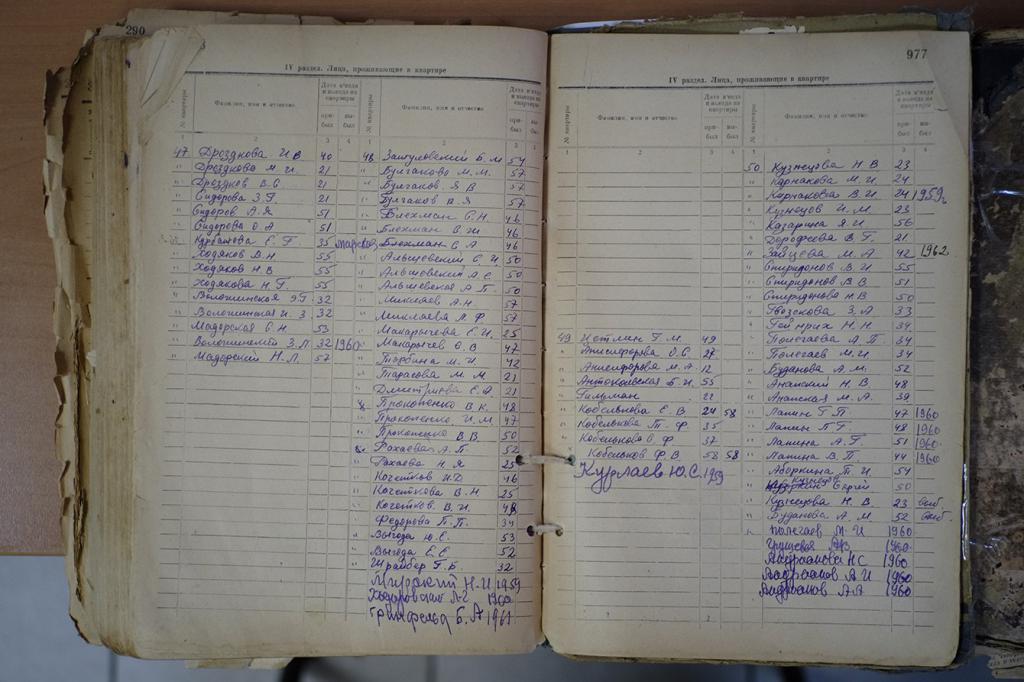
Responsibility for violation of the rules
If, after making changes, the owner of the home book notices errors, then you will have to write a statement to replace it. The process itself is quite simple, the main thing is to quickly identify violations.
So that the fault does not fall on the shoulders of the owner, you should carefully check the changes made after receiving the book from the FMS. If errors are detected on the spot, immediately inform the employee about it.
If the error was discovered much later, then you will have to go to the FMS department again and submit an application, on the basis of which it will be decided to make adjustments or to issue a new book.
Since the legislation does not have rules governing the maintenance of the house book, even if errors are identified, owners of private houses are most often not held liable, unless otherwise provided by local regulations.
Finally
From the above it follows that this document should be issued for any residential premises (an example of how to draw up a house book for a private house can be seen in the photo above in the text). Most often, owners of private buildings prefer to keep it at home, but for this it is very important to navigate the rules for receiving, filling and, accordingly, storage. If inconsistencies and violations are identified, you should immediately contact the FMS staff to eliminate errors.
